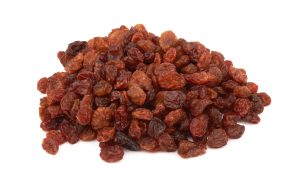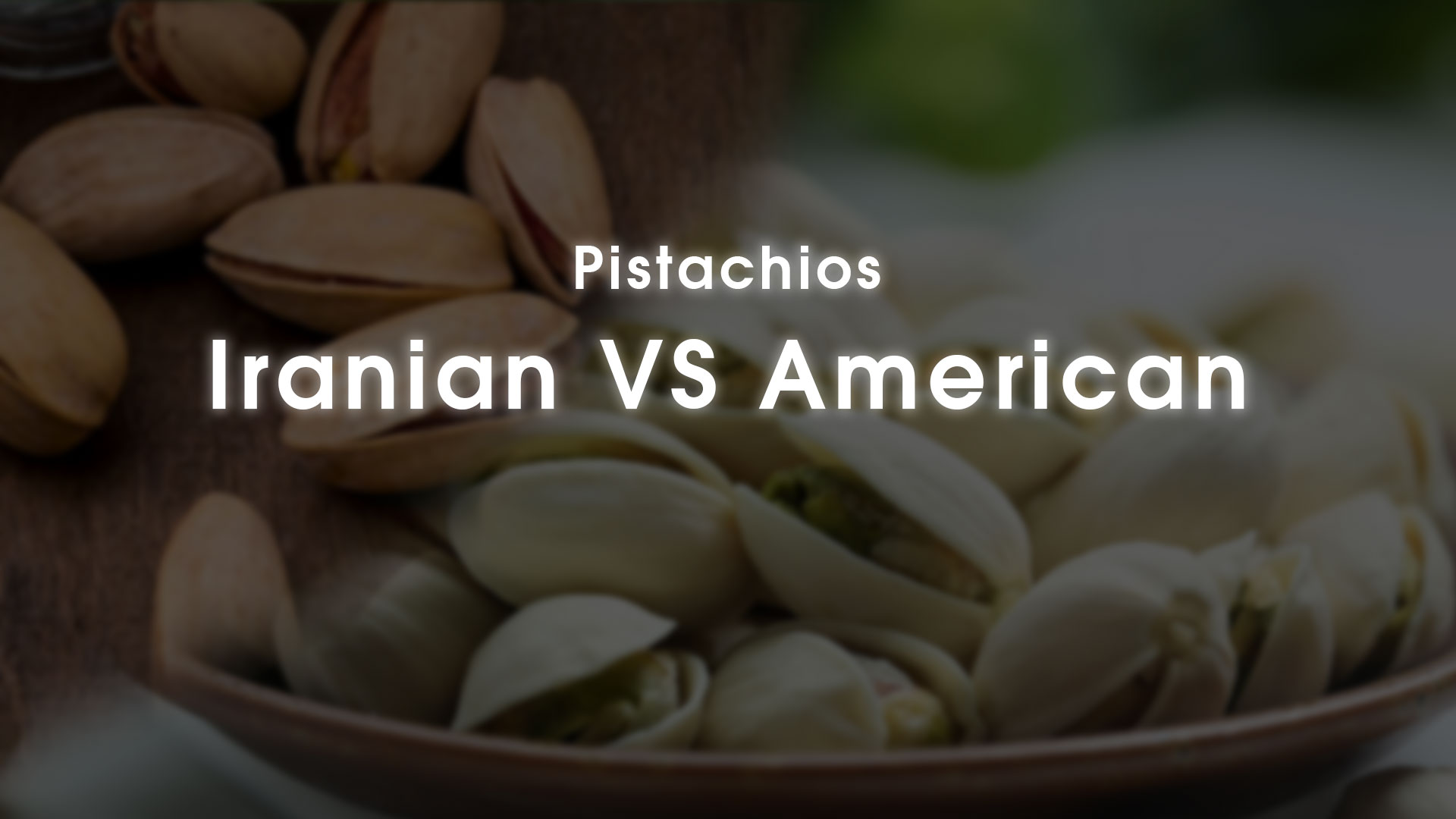
export of high quality Iranian Sultana raisins: Exporting High-Quality Sultana No.9 and Sultana No.10
What is Sultana raisins and Types of sultanas & how Exporting sultana raisins At Tari Trading, we take immense pride in being a leading exporter and supplier of premium nuts and dried fruits, with a special focus on Iranian Sultana raisins. In this article, we delve into the intriguing world



